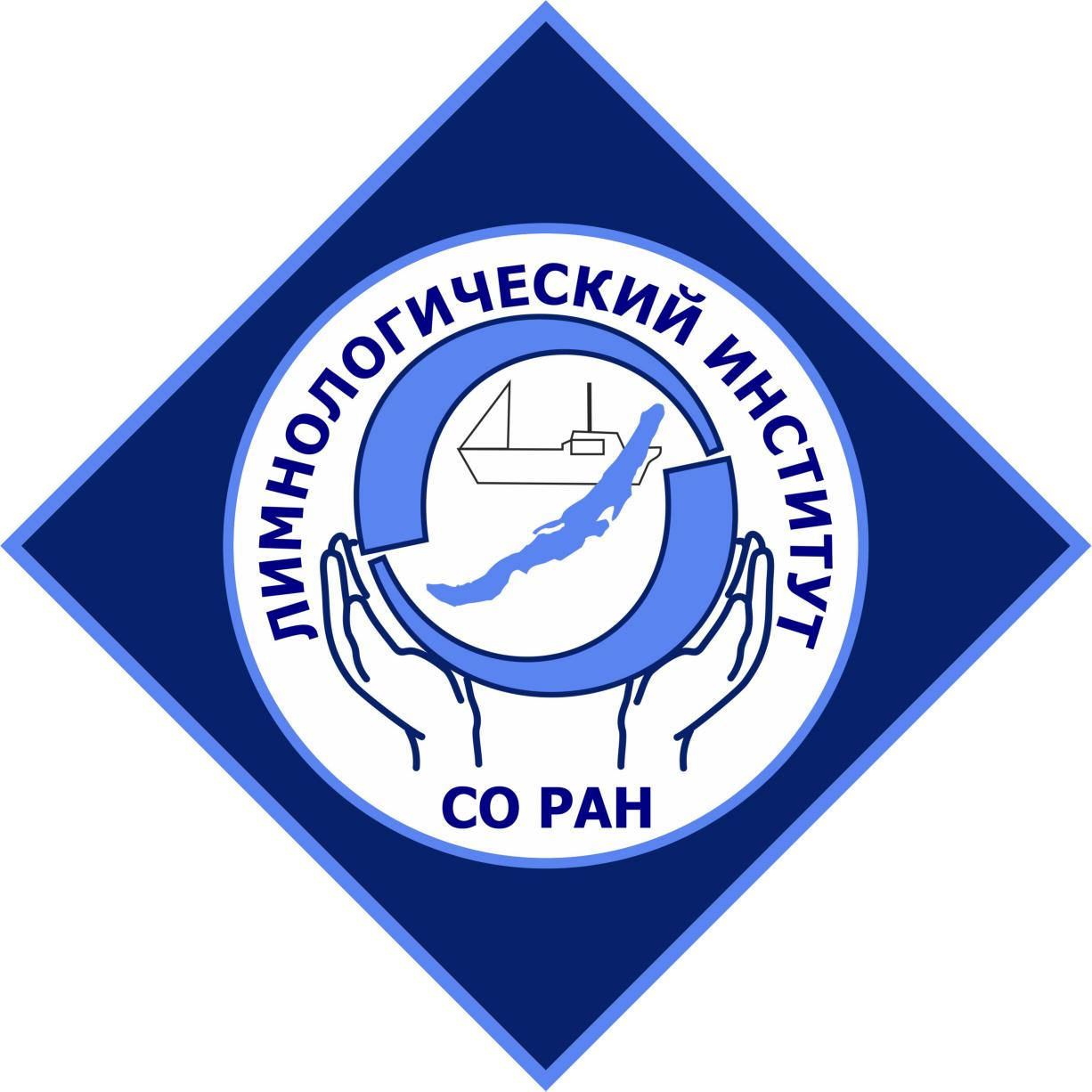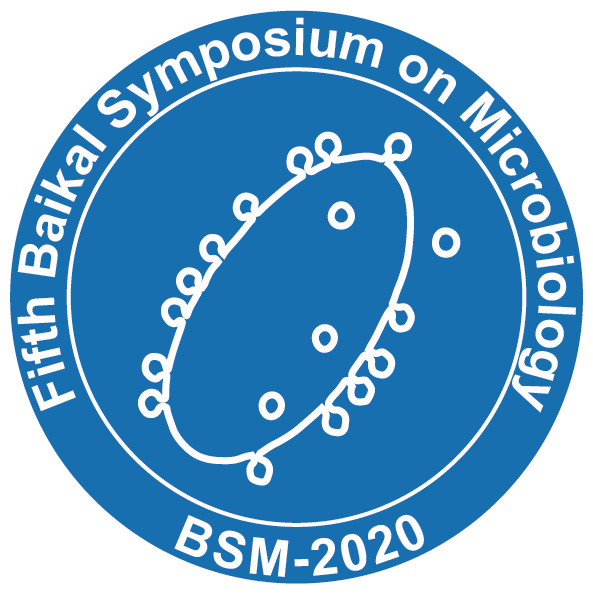Abstracts
The Organising Committee accepts the abstracts in English not exceeding 2 pages. The abstracts will be published in the form of Short communications in a special issue of the journal «Limnology and Freshwater Biology» - http://www.limnolfwbiol.com/index.php/LFWB/about. Abstracts are submitted no later than June 1, 2020 through the online system at http://www.limnolfwbiol.com/index.php/LFWB/about/submissions ("Special issue BMS-2020"). Participants should prepare their abstracts according to the following rules: http://www.limnolfwbiol.com/index.php/LFWB/about/submissions#authorGuidelines.
Example of a correct article structure:
- Title of the manuscript – (Times New Roman 14 pt, bold)
- Surname and name of each author (Times New Roman 14 pt, bold)
- Authors’ affiliations (full postal address of each affiliation)
- Corresponding author
Lake Baikal's response to remote earthquakes: Lake-level fluctuations and near-bottom water layer temperature change
Granin N.G.1*, Radziminovich N.A.2, De Batist M.3, Makarov M.M.1, Chechelnitcky V.V.4, Blinov V.V.1, Aslamov I.A.1, Gnatovsky R.Yu.1, Poort J.5, Psakhie S.G.6
1 Limnological Institute, Siberian Branch of the Russian Academy of Sciences, Ulan-Batorskaya Str., 3, Irkutsk, 664033, Russia
2 Institute of the Earth's Crust, Siberian Branch of the Russian Academy of Sciences, Lermontov Str., 128, Irkutsk, 664033, Russia
3 Renard Centre of Marine Geology, Department of Geology, Ghent University, Krijgslaan 281 S8, B-9000 Gent, Belgium
4 Baikal Division of the Geophysical Survey, Federal Research Center of the Russian Academy of Sciences, Lermontov Str., 128, Irkutsk, 664033, Russia
5 Institut des Sciences de la Terre de Paris (ISTeP), Université Pierre et Marie Curie (UPMC/CNRS), Case Courrier 129 - 4, Place Jussieu, 75252, Paris Cedex 05, France
6 Institute of Strength Physics and Materials Science, Siberian Branch of the Russian Academy of Sciences, pr. Akademicheskii, 2/4, Tomsk, 634055, Russia
*Corresponding author. E-mail address: This email address is being protected from spambots. You need JavaScript enabled to view it. (N.G. Granin)
Abstract
The abstract should preferably contain 150 – 300 words briefly reflecting the aim, main results and conclusions of the study. Non-standard or uncommon abbreviations (except for generally accepted abbreviations of measures, physical and mathematical values and terms), as well as references, figures and tables should be avoided.
Keywords
Provide 5-6 words or short word combinations, which can be used for indexing purposes.
Text formatting
Times New Roman 12 pt, single spacing, automatic numbering of pages and lines, indentation 1 cm.
Headings
The numbering of the headings begins with the Introduction section (for example: 1. Introduction, 2. Materials and methods, 3. Results, 3.1. Material composition, 3.2. Distribution, 4. Discussion, 5. Conclusions).
Sections Abstract, Acknowledgements and Reference must not be numbered.
Each heading should be in bold and begin with a new line without indentation.
Acknowledgments
Place the Acknowledgments section at the end on the article before References. List in this section individuals, grants, funds, etc. assisting in the research. If necessary, you can fully specify the sponsoring and funding organizations.
References
More details are available at - http://www.limnolfwbiol.com/files/journals/1/Author_Guidelines_Rus.pdf
Special Issues of International Journals included in the Web of Science database
The best articles presented at the Conference will be published in special issues of international peer-reviewed journals included in the Web of Science database. All articles must be prepared according to the rules of the relevant journal by October 1, 2020. A list of the journals will be presented in early 2020.





